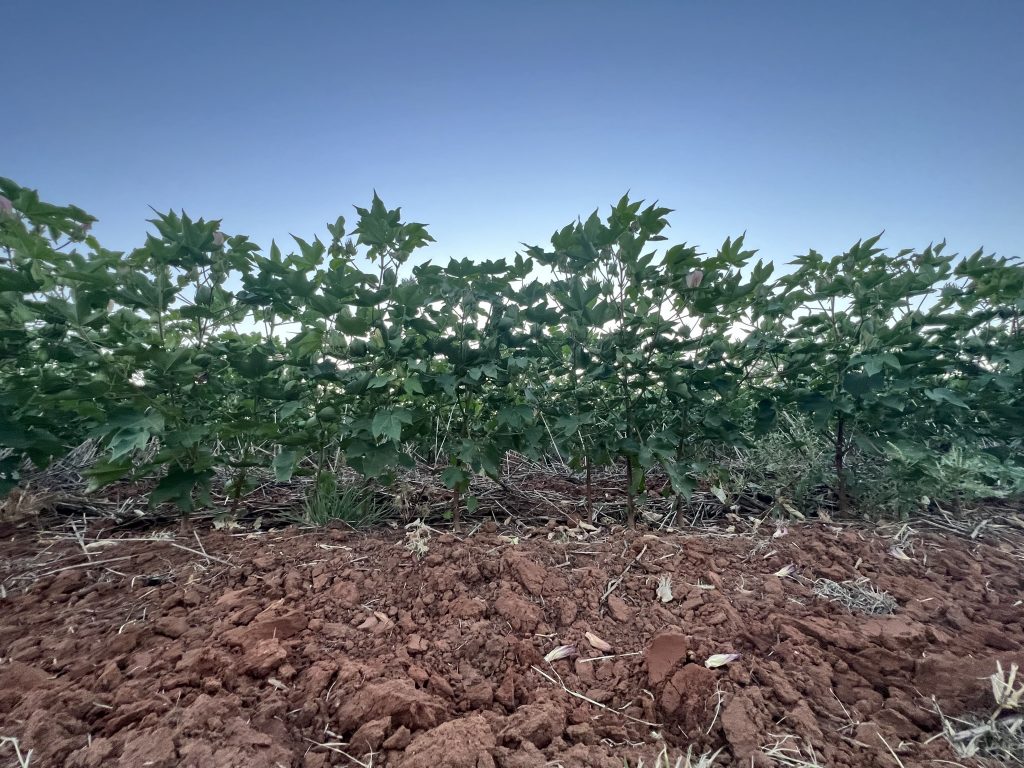
According to OSU agricultural economist John Michael Riley, the agricultural markets are currently under pressure, with corn, soybeans, and cotton all experiencing downward price movement. This is primarily due to an expectation of a very large supply of both corn and soybeans. Private trading firms are projecting high yields for these crops across the U.S., which further contributes to the market’s bearish sentiment. The cotton market is also facing pressure, largely because of a stronger U.S. dollar, which makes American exports, including cotton, more expensive for international buyers.
While the national outlook for corn and soybeans is a big crop, there are some regional concerns, particularly in the western Corn Belt. Iowa, a major corn-growing state, has received a significant amount of rain during a critical growing stage. While the full impact on yields is yet to be seen, this is a potential red flag. Despite these localized issues, the overall message is that the national crop size is expected to be quite large, which is the driving force behind the low prices. The national scale of these markets means that growing conditions in states like Iowa have a direct impact on prices in other agricultural regions, including Oklahoma.
In Oklahoma specifically, the wheat harvest is complete, while the national harvest is still ongoing. The state’s corn crop is looking good and is catching up after being behind schedule due to early-season rains. However, the soybean crop in Oklahoma is still lagging. The late wheat harvest delayed the planting of double-crop soybeans, and the heavy early-season rains have negatively impacted crop ratings. This contrasts with the more positive national outlook for soybeans, highlighting a localized challenge for Oklahoma producers. The economist emphasizes the importance of good farm management in navigating these market challenges.
This week on SUNUP:
- Dave Lalman, OSU Extension beef cattle specialist, discusses the pros and cons of creep feeding and has advice on how to determine whether this type of management will be cost-effective for your operation.
- Brian Pugh, OSU Extension forage specialist, says fall armyworms are an issue in forage fields and producers should be out scouting now.
- In the Mesonet Weather Report, Emma White, OSU Extension Mesonet outreach specialist, shows how heat ramped up toward the end of July. State climatologist Gary McManus predicts a warmer and drier August.
- John Michael Riley, OSU agricultural economist, explains how growing conditions for corn in Iowa are impacting prices in Oklahoma.
- SUNUP previews the upcoming Rancher’s Thursday Lunchtime Series.
- In Cow-Calf Corner, Mark Johnson, OSU Extension beef cattle breeding specialist, continues his series on the expected beef yield from a butcher for a 1,200-pound steer.
- Finally, SUNUP celebrates 75 years of Oklahoma Foundation Seed Stocks.

















